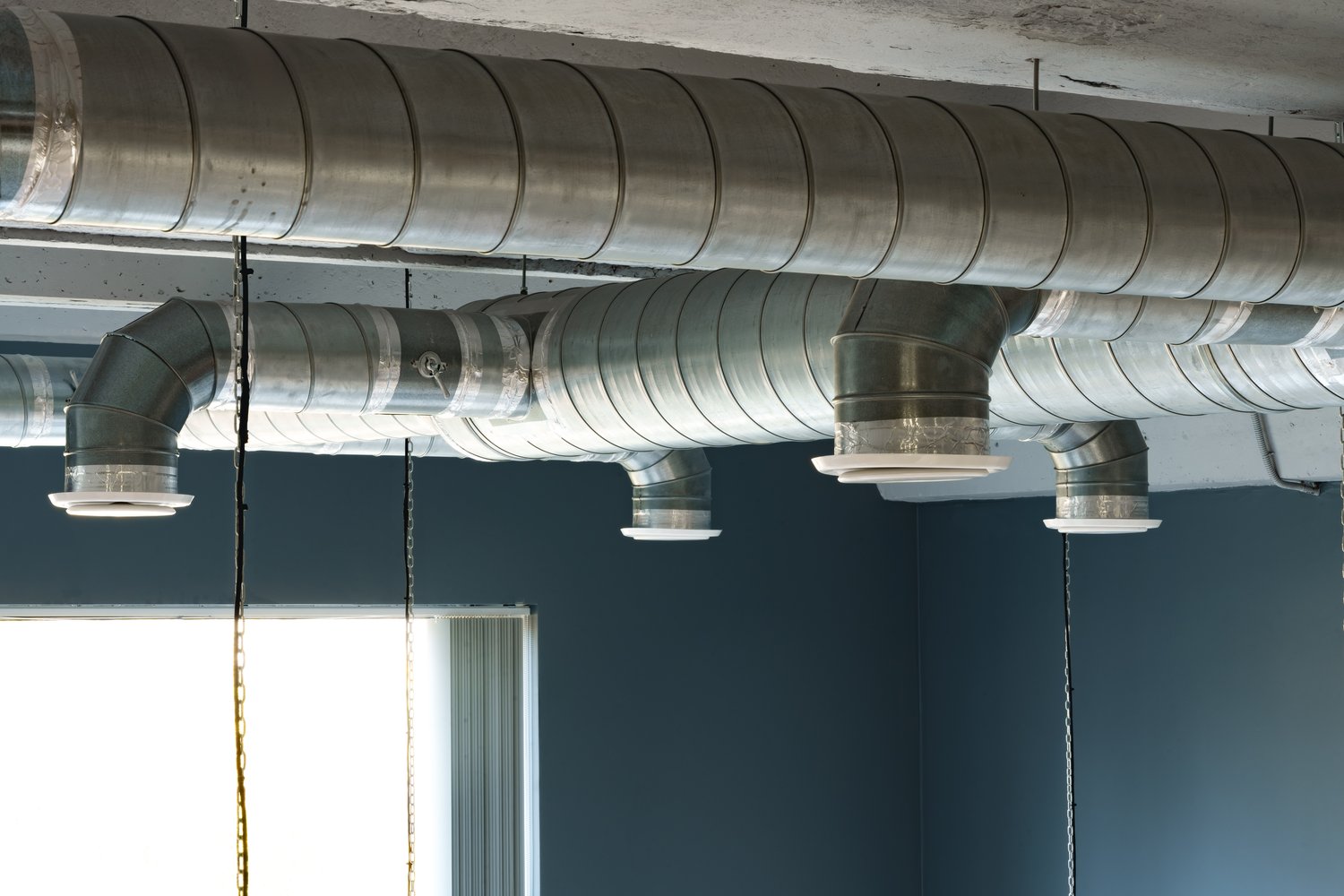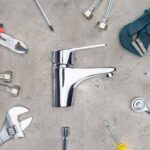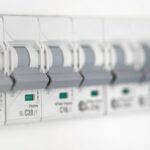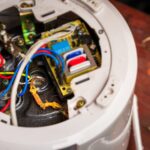Understanding the Importance of Ventilation
Ventilation plays a crucial role in maintaining indoor air quality. It helps remove stale air, moisture, and pollutants from your living spaces. Proper ventilation systems can reduce the risk of mold growth and improve overall health. These systems come in various types, each suited for different needs and environments.
Effective ventilation can lower energy costs by up to 30% in some homes. It achieves this by regulating temperature and humidity levels. Ventilation also helps extend the lifespan of your home’s structure and furnishings by preventing moisture damage.
Many homeowners underestimate the impact of good ventilation on their quality of life. It can reduce allergens, odors, and airborne contaminants, leading to better sleep and fewer respiratory issues. Properly ventilated homes often have fewer pest problems as well.
Types of Ventilation Systems
Natural ventilation relies on wind and temperature differences to move air through your home. This method includes opening windows and using architectural features like roof vents. While cost-effective, it may not be sufficient in all climates or seasons.
Mechanical ventilation systems use fans and ductwork to circulate air. These can be more reliable than natural ventilation, especially in tightly sealed modern homes. Ductless ventilation options are available for homes without existing ductwork.
Balanced ventilation systems, such as heat recovery ventilators (HRVs), provide both supply and exhaust airflow. These systems can recover up to 85% of the energy used to heat or cool incoming air, making them highly efficient. HRVs are particularly beneficial in extreme climates.
Choosing the Right Ventilation for Your Home
Consider your home’s size, layout, and local climate when selecting a ventilation system. A 2,000 square foot home typically requires a ventilation rate of 100-200 cubic feet per minute (CFM). Consult with a professional to determine the exact requirements for your space.
Energy efficiency is another key factor in choosing a ventilation system. Look for ENERGY STAR certified products, which can be up to 70% more efficient than standard models. These systems often pay for themselves within 5-7 years through energy savings.
Don’t forget to consider noise levels when selecting ventilation equipment. Modern systems can operate at sound levels as low as 1 sone, which is quieter than a refrigerator. This ensures comfort and minimal disruption to your daily life.
Installation and Maintenance of Ventilation Systems
Professional installation is recommended for most ventilation systems. Improper installation can lead to reduced efficiency and potential safety hazards. Expect installation costs to range from $500 to $2,000, depending on the system complexity and your home’s layout.
Regular maintenance is crucial for optimal performance. Clean or replace filters every 3-6 months, and have the system professionally inspected annually. This can extend the lifespan of your ventilation system by up to 5 years.
Ventilation ducts and fittings should be checked for leaks and cleaned every 3-5 years. Sealed ducts can improve system efficiency by up to 20%. Consider using antimicrobial duct treatments to prevent mold and bacteria growth.
Enhancing Your Ventilation System’s Performance
Combine your ventilation system with other air quality measures for best results. Use high-quality air filters with a MERV rating of 8-13 to capture more particles. These filters can remove up to 95% of airborne contaminants.
Consider adding humidity control to your ventilation system. Ideal indoor humidity levels range from 30% to 50%. Proper humidity control can reduce the risk of mold growth by up to 80% and improve overall comfort.
Smart ventilation controls can optimize your system’s performance. These devices can adjust ventilation rates based on occupancy, outdoor air quality, and indoor conditions. Some smart systems can reduce energy consumption by up to 40% compared to traditional controls.





